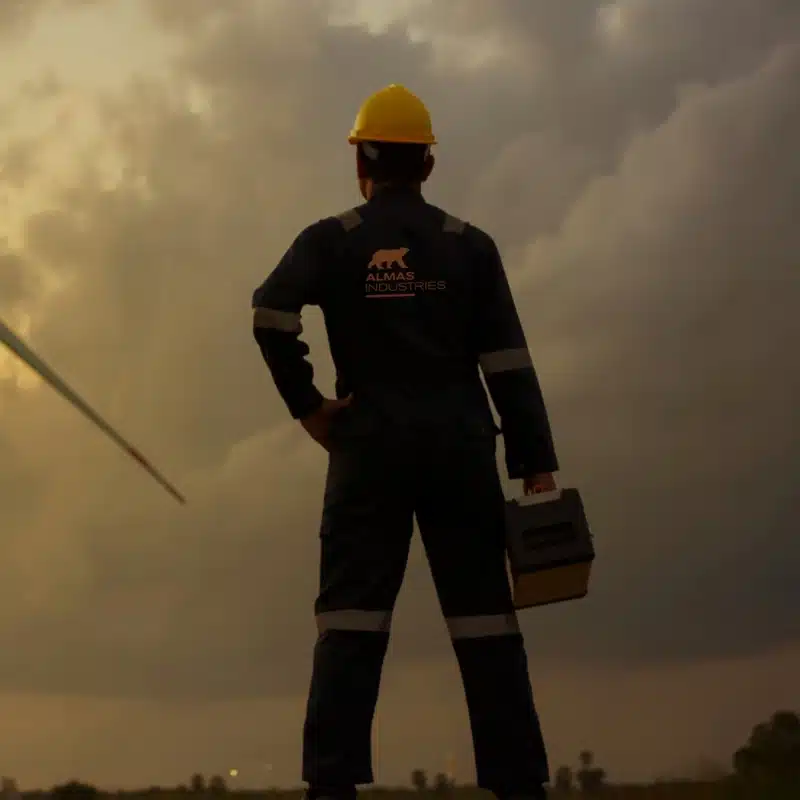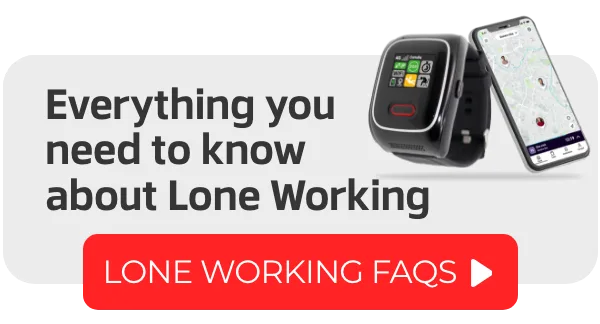
Home > Knowledge Hub > Blog
Keeping Carers Healthy & Safe
The number of people aged 65 and over in Ireland is projected to climb by 31% to more than one million over the next few years to 2031, according to the Central Statistics Office (CSO).
The larger the elder population is, the more demand for nursing care services will go up. The domiciliary care sector is growing and with it, the number of carers employed.
It’s a highly regulated industry, and companies often struggle to find and retain good carers. It’s vital to protect lone working carers against the risks they face during their day-to-day role.
Ensuring the Safety and Wellbeing of Carers with a Lone Worker Solution
In caring for others, carers can often find themselves exposed to various health and safety risks. However, by putting the right measures in place, we can ensure carers remain safe and healthy while carrying out their vital work.
Common Health and Safety Risks for Carers:
- Manual Handling: Carers frequently assist with moving patients and equipment, which can put strain on their bodies. From helping individuals move safely to carrying heavy items, manual handling is a leading cause of injury.
- Slips and Trips: Wet or slippery floors, obstructive medical equipment, and trailing wires are just some of the hazards that make slips and trips common for carers.
- Violence and Aggression: Unfortunately, carers can sometimes face aggression from patients, their relatives, or friends, placing them at risk of physical harm.
- Equipment Usage: Carers often use specialised equipment such as hoists and electric beds. If this equipment is not properly installed or maintained, it can lead to serious injuries.
- Transit: Domiciliary carers are travelling between numerous client sites throughout every day and week. Many hours are spent on the road, often in the dark, driving while fatigued, or in poor weather conditions. This leads to a great risk of RTA’s.

How Can We Keep Carers Safe?
- Training: Carers need ongoing training to manage the risks they face in their daily tasks. This includes mental health awareness training, safe manual handling techniques and how to de-escalate aggressive situations.
- Equipment Maintenance: Any equipment carers use should be serviced and maintained regularly according to the manufacturer’s guidelines to ensure it remains in safe working order.
- Risk Assessment: With the proper training, carers should be able to assess their working environment for potential risks, such as wet floors, obstacles, or malfunctioning equipment.
- Lone Worker Alarms: Many carers work alone, which means they may struggle to get help in the event of an accident or when facing a violent situation. Carrying an SOS alarm ensures they can quickly access help, no matter where they are.
By taking these steps, we can help protect carers, ensuring their safety and promoting a more secure work environment for those who care for others.
The Risks of Ignoring Lone Worker Safety
High Cost of Failing to Protect
If employers neglect proper safety measures for lone workers, they risk hefty fines and legal action. Beyond protecting their employees, businesses must also protect themselves against liability in case of workplace injuries. Data for Ireland is scarce but the UK HSE has taken numerous actions against companies lacking adequate protection for lone workers.
Recent Cases of Non-Compliance
- Manchester Care Provider – In 2021, a Manchester-based care agency was fined €150,000 after a lone worker suffered serious injuries during a home visit. The case exposed a lack of risk assessments and poor safety measures for employees working alone.
- Yorkshire Domiciliary Care – Another care agency in Yorkshire was hit with an €80,000 fine when a lone worker was assaulted while on duty, revealing serious gaps in lone-worker safety protocols.
- Midlands Health Emergency – A Midlands care provider faced a €50,000 penalty after a lone worker suffered a medical emergency without any support on hand, underscoring the urgent need for proper emergency response plans for lone workers.
- Edinburgh Community Care – An Edinburgh-based care provider came under fire after an HSE investigation found insufficient risk assessment for female lone workers visiting patients’ homes alone, putting employees at greater risk.

At Almas Industries, we understand the importance of reliable lone-worker protection. Our solutions, including personal alarms and monitoring, are designed to ensure workers’ safety while protecting employers from the high costs of non-compliance.
Don’t wait until it’s too late, call us today and prioritise your carer’s safety and well-being. It’s not just a legal and moral responsibility, it promotes a happier and more loyal workforce.
Social Media
For all the latest Lone Worker news follow our social media!
Don't Wait Until It's Too Late
Protect Your Team Today with Almas Industries
The commercial landscape is in a state of constant flux, and so are the safety challenges that come with it.
There’s no time like the present to reassess and strengthen your worker protection.
Stay Ahead with Innovative Solutions
In a world where litigation is becoming more common and health and safety legislation more stringent, a tick box solution isn’t sufficient. Stay compliant and more importantly provide a meaningful solution to keep your team safe with our cutting edge solutions.
Tailored for You
Generic solutions often lead to vulnerabilities. We offer a bespoke approach to lone worker protection, designed to meet the unique needs and challenges of your business.
24/7 Exceptional Customer Service
Safety is a round-the-clock concern, and so is our ARC monitoring service and our customer care. From installation and training to regular maintenance checks, our support teams are always at your disposal to ensure seamless operation. Our installation and feedback scores from our customers in the last year consistently score over 4.5 out of 5.
Protect Your Lone Workers Now
Get advice on the solution that aligns with your operational structure, geographical spread of lone workers, and your operational hours.

Contact us today to work with a leader in Irish Lone Worker Protection

